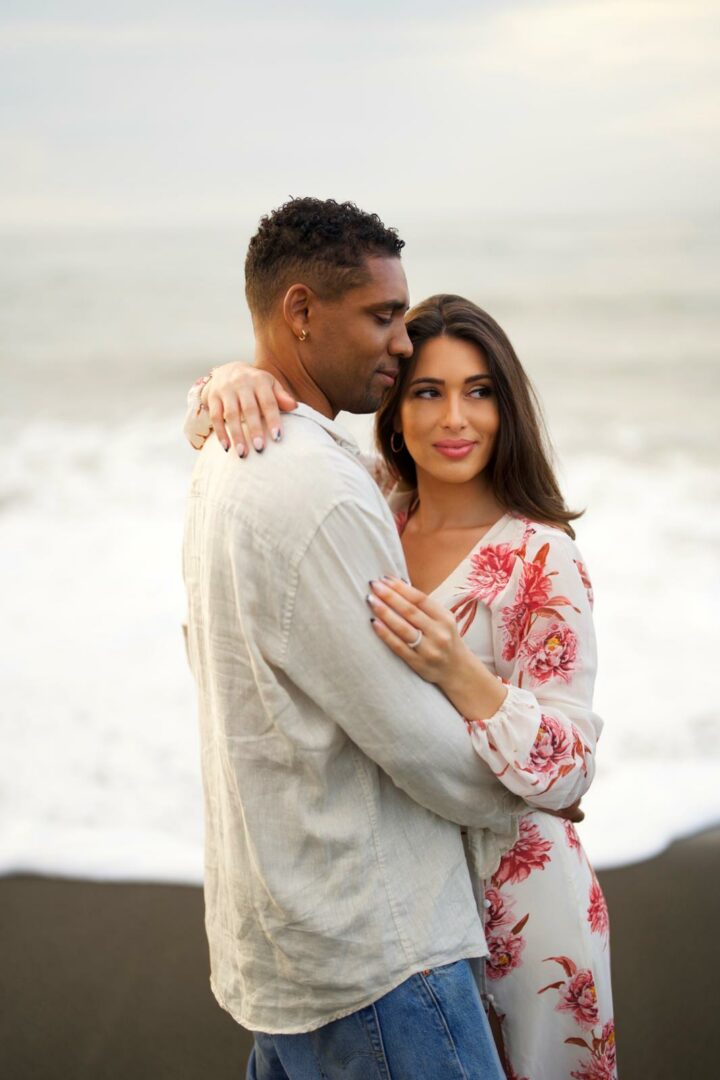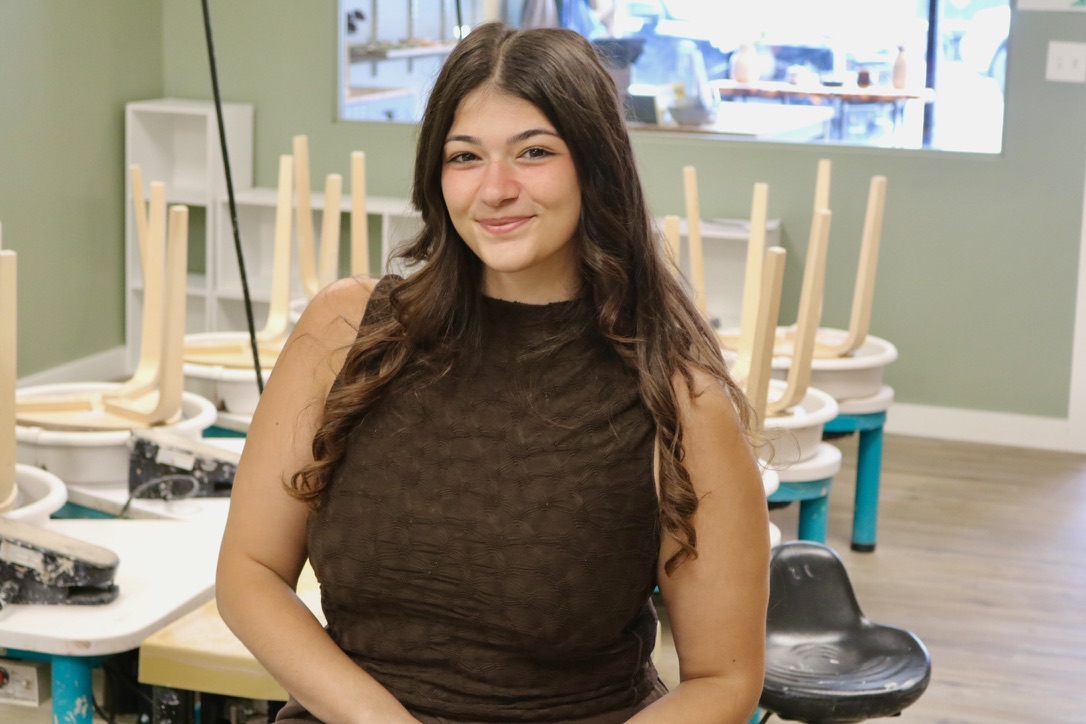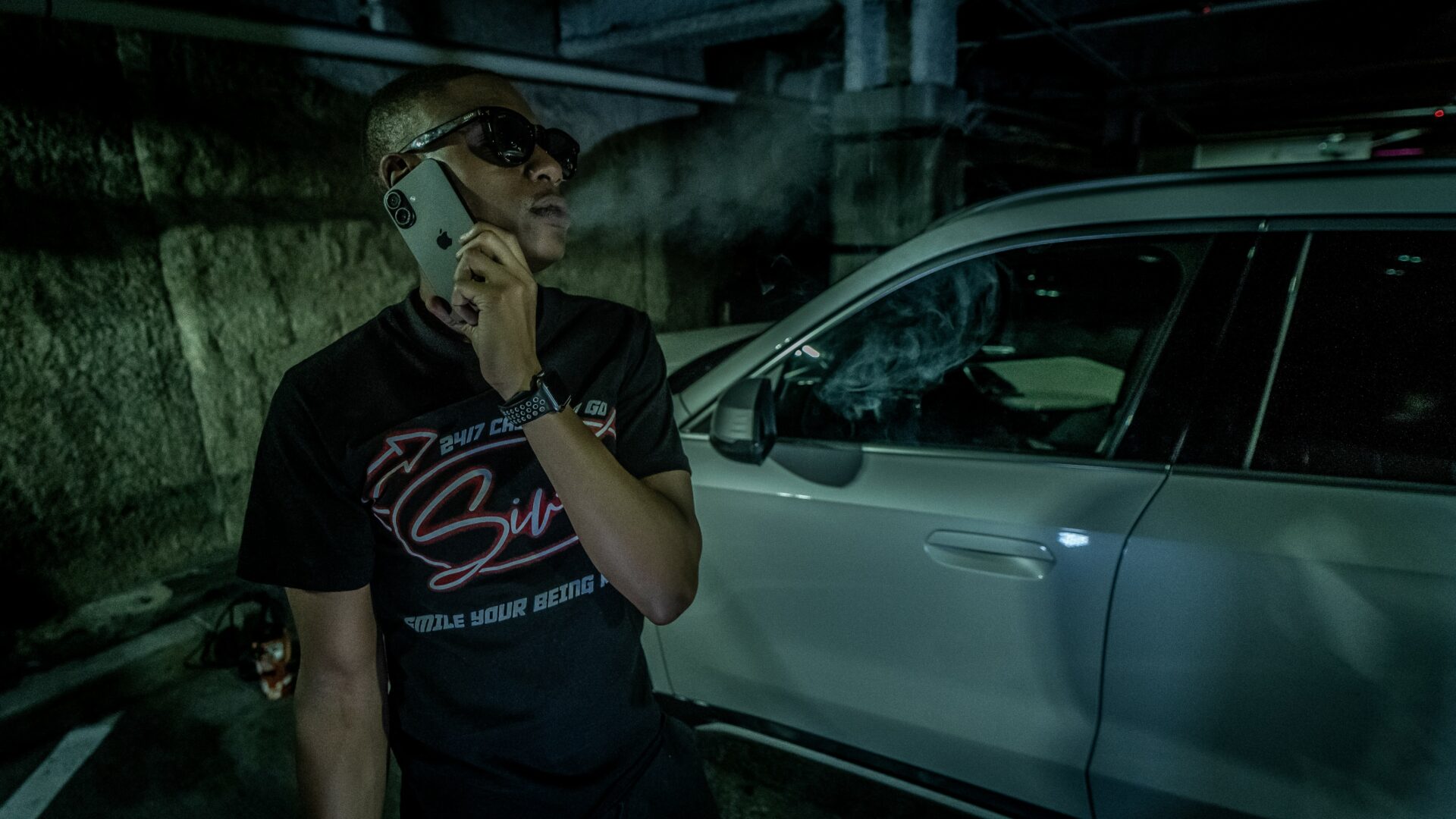We’re excited to introduce you to the always interesting and insightful Liz Lindstrom. We hope you’ll enjoy our conversation with Liz below.
Liz, thank you so much for taking the time to share your lessons learned with us and we’re sure your wisdom will help many. So, one question that comes up often and that we’re hoping you can shed some light on is keeping creativity alive over long stretches – how do you keep your creativity alive?
1. Awareness of my current surroundings
When young artists come to me and they are worried about their talent, I always ask about how they see the world. I invite them to describe to me the most beautiful place they’ve ever been, or what do they notice when they go out the door first thing in the morning. Awareness can be brought to both the remarkable and the mundane. I have yet to meet an aspiring artist who is not good at seeing. In the stressors of life, with the sheer volume of things to see, it is an easy boost to our creativity to simply put down our screens and observe our surroundings.
2. Intentional curiosity
Raising children has given me the distinct blessing of curiosity. Of course, I had it when I was also young. But, as an adult, curiosity can often get in the way. Can be uncomfortable. Can be inconvenient. As an artist, I have found curiosity is best friends with creativity. I mostly find I need to be curious when something is not working in the studio. When an expression is missing the mark, when the overall feel of a painting is just flat. Putting down my brush and asking “why” without judgment or knowing the answer allows me to let go of the need for perfection and instead reach for what is next, whether that means completing the current piece or starting anew.
3. Limitation
I began embracing the helpfulness of limitation when I had my first gallery show in my early 20s. I was so broke that I had to paint on used canvases, draw on butcher paper, and utilize my partially ruined box of pastels. The necessity of creating with what I had at hand expanded my art in new directions. The result was a body of work that wouldn’t have existed if I’d had access to all the supplies I thought I needed. Now, I interact with limitations of a different sort. Those in my current studio are often self-imposed or arise naturally from the realities of being part of a family and a community in modern life. I continue to navigate these limitations gratefully and value them because this is one area of my life where I don’t have to *work* to find creativity. For me, having limitations means that creativity is always available during the moments I have to make art.
4. Making a mess
I once read about a musician who had to bang discordantly on keys and scream and yell at the top of her lungs until she could finally hear the song she needed to hear. Years ago, during lockdown, I discovered this truth for myself. I used inexpensive, ignored supplies and literally scribbled my way into something new. Now, I return to this practice on a regular basis. These exploratory works of art are just for me. Sometimes they end up being shared, but that is never the goal. When parents ask me how to instill creativity in their child, my first response is always, “Get comfortable with mess.” During these mess-making sessions, if the paint, charcoal dust, water, etc, are not scattered across my studio, then I’m not really trying. I think of what my three year old self would have grabbed first, and done first, and follow that path. A path where there are no rules, no goals, no achievements–only the messy play that humans call art.
5. Collaboration
The majority of my work is commissioned portraiture. As such, the process of collaboration with my client and their vision is a vital piece of my completed work. As I begin each portrait, I am trying to strike the perfect balance between how I see my subjects and how they are seen by their loved ones and community. For me, collaboration also involves all other elements of how I keep my creativity alive: awareness, curiosity, limitation, and mess.
– Without awareness, collaboration cannot happen. Using all of my senses to soak up my subjects’ personality, context, and experience of life allows me to express that person fully when I stand at the easel.
– Some of my favorite people ask the weirdest questions. I try to be that weird person when I meet a new subject. Asking questions just so I can see the answer and see them think about it helps inform who they are and who they will be. Without curiosity, I would’t be able to create works of art on my canvas that speak to both the present and future person.
– Limitation and collaboration are synonyms in my mind; showing up to a new subject, I have to be ready to embrace the limitations that will be given to me. These might include: size of my canvas, color palette, expressions, and even the statement the final piece will make. All these are often pre-determined by the client.
– And, oh boy, is collaboration messy…guiding a client through the portrait process can often feel like baking a cake with a toddler–and very often, that toddler is me! Embrace the mess: there is delicious cake afterwards.
Thanks, so before we move on maybe you can share a bit more about yourself?
I was raised by two hippies who homeschooled me, took me to museums, and drove me all over the country in our station wagon along with my three siblings, one of whom is hearing impaired. I find that all of these unique circumstances and experiences influence my art to this day.
For over twenty years, my work has focused on commissioned portraiture. I find the collaborative work of capturing someone’s loved one in art form gives me an ongoing source of energy and inspiration.
Upon meeting a new client, we discuss their vision for the portrait. I take lots of photos of my new subject(s) and make sketches and notes. While in my clients’ space, I absorb the energy, colors, and lighting where the final work of art will live. My clients also share any future plans they have for the portrait, including changes to the room’s decor or flexibility as to where the portrait will be displayed.
Returning to my studio, I chat with my client further and share notes in order to choose a direction for the portrait together. I find that spending time first with my notes alone in the quiet of my studio can help me formulate the vision for my final work. Sharing this with my clients and hearing their feedback then expands that vision and enables me to begin the portrait. I then work on the piece in my studio for the next four to ten months. I alternate between several paintings and drawings at a time to allow me to maintain a fresh perspective for each individual subject.
Once I share the completed portrait with my client, I make any final adjustments needed to capture our original collaborative vision. Walking through all these steps with my client is what I find creates a treasured heirloom.
My brand is firmly rooted in family, beauty, and social justice. Finding a way to balance speaking to these elements on social media as well as living them out in my personal life is a constant process. The pinnacle of my brand is the excellence of my work. To this end, I collaborate tirelessly with my clients to ensure every portrait is a beloved and vivid part of their personal story.
As I look forward to the next two decades of my career, I seek to make my mark on the future of portraiture through honoring the balance between impressionism and realism. I’m excited to share the stories of people that have not traditionally been found in portraiture over the centuries.
Looking back, what do you think were the three qualities, skills, or areas of knowledge that were most impactful in your journey? What advice do you have for folks who are early in their journey in terms of how they can best develop or improve on these?
1. Believe that being an artist is a possibility.
I grew up with my father being an illustrator, gallery artist, and later, portrait artist. I always had a sense that I could use my skills as a creator and artist to pay my bills. Belief in that possibility allowed me to reach for a career in art from the time I was a teenager, and gave me the confidence to follow my gut when I realized all I wanted to do was draw and paint children. I am grateful for the privilege of growing up in an environment that prized art, and I recognize this belief was simply born in me as a product of my environment. However, as I’ve moved through my career, I find that each creator has the opportunity and necessity to find their own reason for confidence in their work, and then hold onto it.
2. Be hungry.
I have always needed to make money. Since becoming an adult, I’ve never had the privilege of being financially supported by parents or my spouse. Through each of my pregnancies, I worked in the studio right up until going into labor; and then was back at an easel in under four weeks. I could not be more grateful for these circumstances, which may have accelerated my career more than anything else. When there are bills to pay, you stay up after everyone else has gone to bed to finish a painting. You say yes to difficult commissions, You take on more than you can handle, and then you grow into being able to handle that challenge. As I’ve become more successful in my career, and as I look toward the future, I am already seeking new ways to feel that hunger and give myself challenges that keep me moving forward.
3. Hone your vision.
Many artists, including my father, will tell you that knowing which art inspires you will help you find the art you should make for yourself. Early in my career, I had scrapbooks of my favorite art from museums and collections of images on Pinterest. They weren’t all paintings, or even portraits. But they helped me understand myself better. And when I didn’t like a painting, looking at those images would help me find what was missing. This is a practice I still find relevant and useful today.
What do you do when you feel overwhelmed? Any advice or strategies?
I have learned to deal with overwhelm by reminding myself of my limitations, which means I can only solve one thing at a time. Personally, I like the feeling of winning and completing, so I’ll usually start with a task that will give me that boost. And I use that energy to keep going into my next task. I also often remind myself that feeling overwhelmed in an emotion, not an absolute truth. This gives me perspective on the present moment and allows me to find a way forward.
Contact Info:
- Website: http://artistlizlindstrom.com
- Instagram: artistlizlindstrom
- Facebook: https://www.facebook.com/liz.lindstrom
- Other: https://portraitsinc.com/artists/exclusive/liz-lindstrom/








Image Credits
Feature photo: Amanda Bowen Dining room photo: Hadley Quisenberry All the rest: Liz Lindstrom




